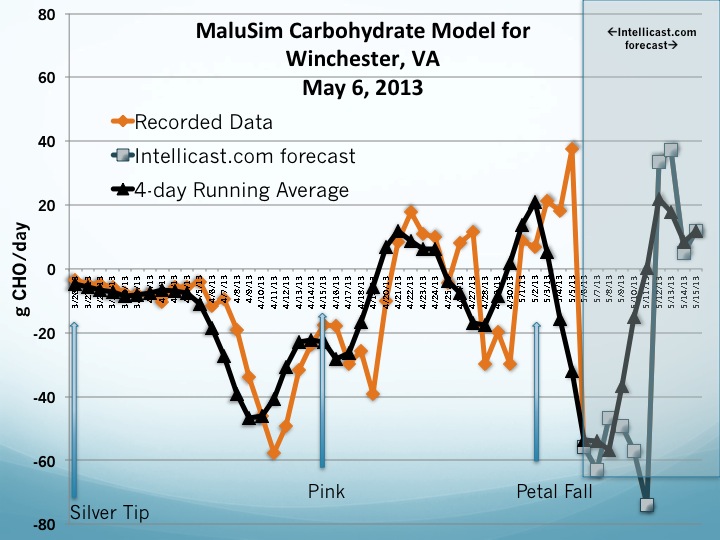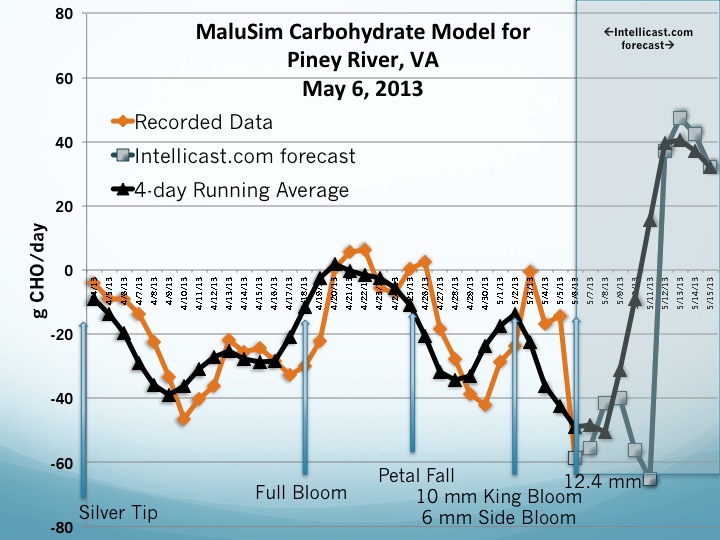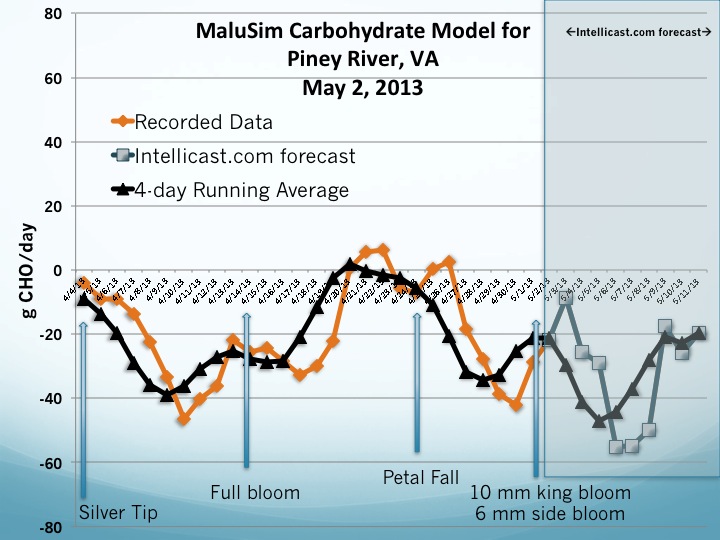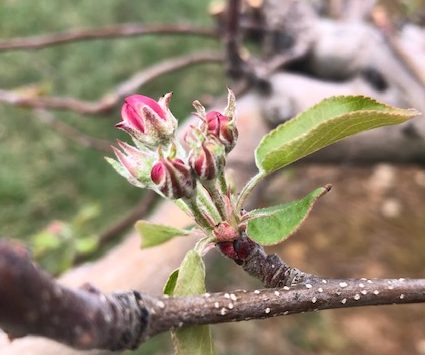
It’s a beautiful day out there, so let’s enjoy it as it is and stay positive—no need to keep checking the weather station just yet! Since most of our apple cultivars are between tight cluster and full bloom, I wanted to send a quick reminder about some important considerations for early-season nutrient and growth regulator applications during this critical stage.
Pre-Bloom Foliar Nutrient Sprays: The Nutrient Cocktail
A common and effective approach during the tight cluster to pink bud stage is to apply a foliar “nutrient cocktail” of nitrogen, boron, and zinc (if possible).
Nitrogen (Urea)
A foliar urea spray can boost nitrogen levels in developing buds and spur leaves. This helps strengthen bloom and improve early fruit set.
• Apply a low-biuret urea at 3 lb per 100 gallons of water (dilute spray). Make sure the biuret content is below 0.25% to avoid leaf damage.
• Nitrogen is vital for rapidly expanding tissues. Pre-bloom applications support both flower and shoot development.
Boron
If your boron levels were low last season or you’re looking to support flower fertility, now is the time.
• Apply a spray-grade boron product (e.g., Solubor®) at 1 lb per 100 gal (~0.2 lb actual B).
• Boron is essential for pollen viability and pollen tube growth. Even mild deficiencies can reduce fruit set.
Zinc
Zinc deficiency is fairly common, especially in certain soils and older blocks.
• Include zinc EDTA chelate at label rate in your foliar spray. Avoid zinc sulfate at this timing if frost or oil applications are nearby, as it can cause tissue damage.
• Zinc plays a key role in enzyme activation and pollen formation. Early sprays ensure flowers and young leaves develop properly.
Pro Tip: Tank-mix this nutrient spray with early-season fungicides but always check for compatibility.
Bloom-Time Nutrient Applications
Boron at Bloom
A repeat boron application at pink or full bloom supports fertilization and early fruit development.
• Apply 2.5–5 lb/acre of Solubor (equivalent to 0.5–1.0 lb of actual B).
• This timing helps secure pollen germination and supports calcium movement into developing fruit. Just be careful not to overdose.
Early Calcium Sprays
Calcium uptake is critical in the early weeks after bloom, especially for sensitive varieties like Honeycrisp.
• What to do: Begin foliar calcium applications at pink or early bloom, and continue through the early cover sprays.
• Rates: Use 2–4 lb of calcium chloride (CaCl₂) per 100 gallons of spray. Include a non-ionic surfactant and apply during fast-drying conditions to avoid leaf burn.
• Why it matters: Calcium builds strong fruit cells and reduces the risk of bitter pit and other disorders. Early sprays are particularly effective.
• Spray safety: Avoid mixing calcium sprays with Apogee or Kudos.
Foliar Urea at Bloom
Foliar nitrogen can give your fruit set a helpful boost during bloom, especially if your trees are weak or suffered frost damage.
• What to do: Apply 3 lb of urea per 100 gal at bloom, and 5–6 lb per 100 gal at petal fall.
• Why it matters: Urea helps prolong flower viability and encourages strong fruit development. It supports cell division in young fruit, improving size at harvest.
• Caution: Avoid using foliar urea beyond the second cover spray — late-season nitrogen can hurt color development.
Prohexadione-Calcium (Apogee® or Kudos®): Managing Tree Growth
When applied at the right time, prohexadione-calcium helps you control excessive shoot growth, open up your canopy, and even reduce fire blight risk — all while improving fruit calcium allocation.
Application Timing
• When to apply: At the pink bud stage, or early bloom at the latest, when shoots are 1–3 inches long.
• Split plan: Apply 6 oz/acre at pink, and repeat in 2–3 weeks (e.g., at petal fall).
Mixing Tips
• If your water is hard, add 1–2 lb of ammonium sulfate (AMS) per 100 gal to condition it.
• Add a nonionic surfactant to improve uptake (follow label rates).
• Do not mix Apogee with calcium or boron — these reduce its effectiveness.
Honeycrisp Consideration
Apogee is especially valuable on Honeycrisp. It helps reduce the competition for calcium, lowering the risk of bitter pit. Just be sure there’s enough leaf tissue present before spraying to ensure good absorption.


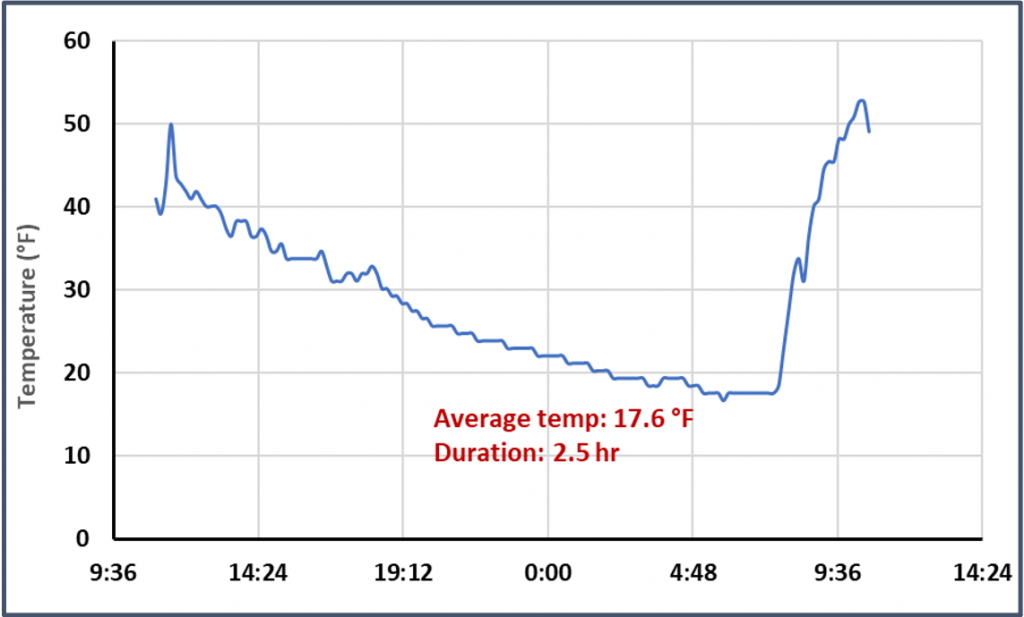
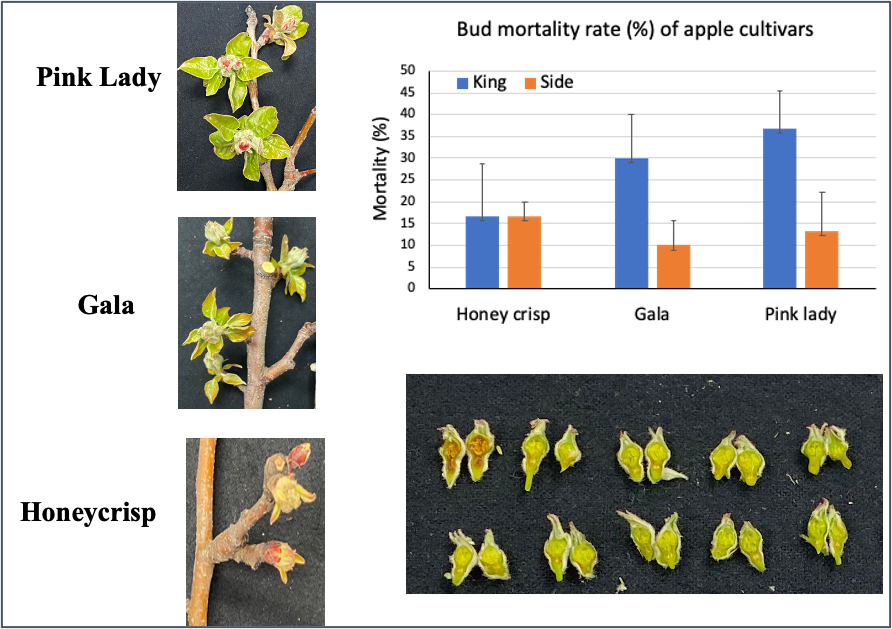



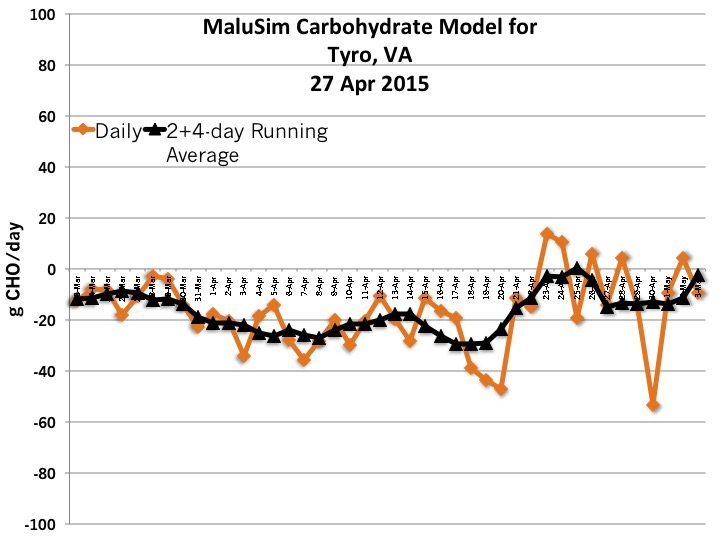
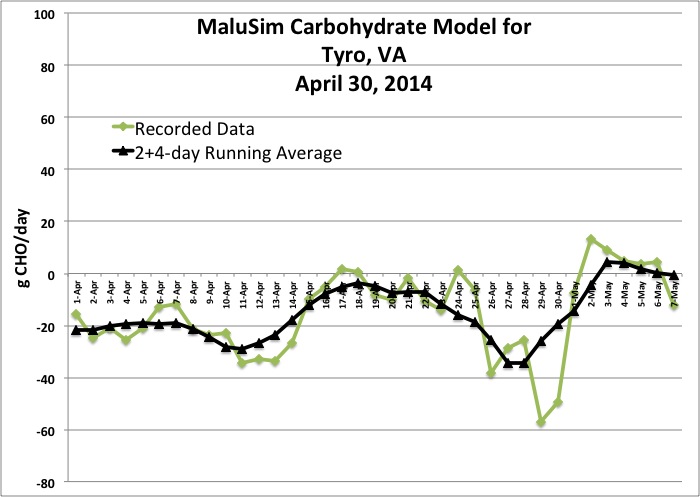

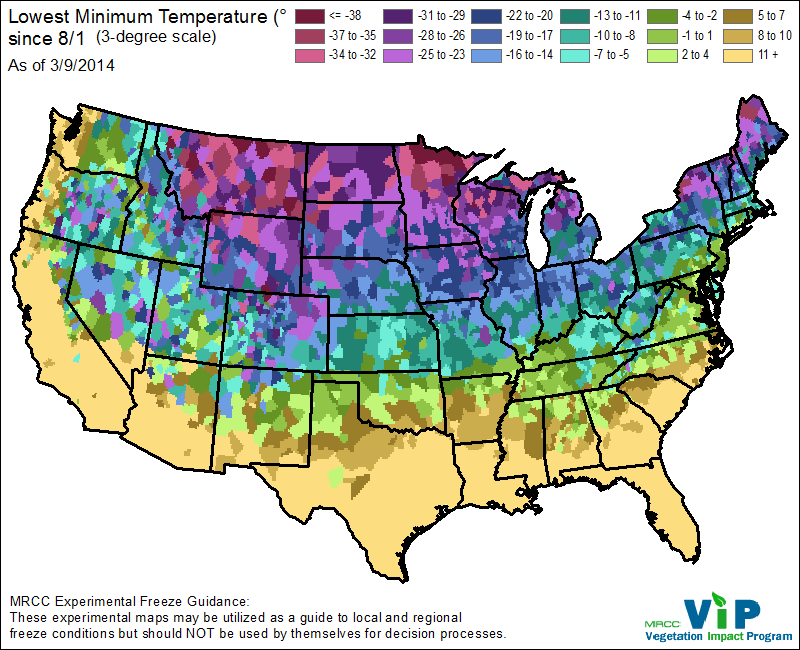


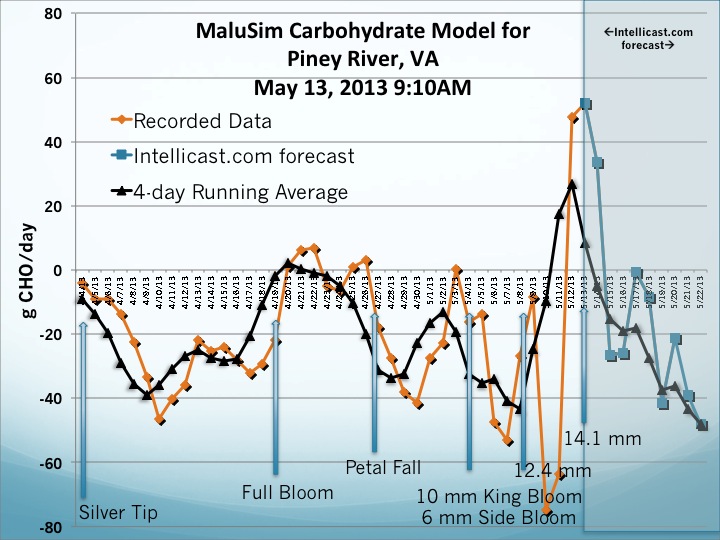
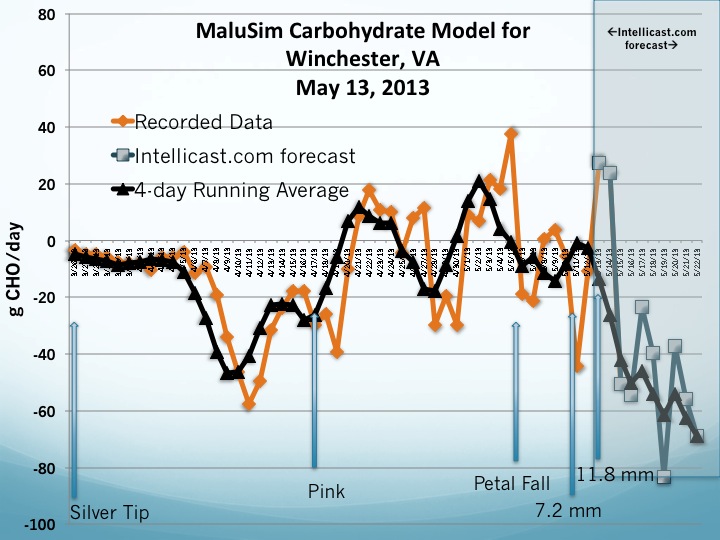 The MaluSim carbohydrate model was run on May 13 for both Winchester and Central Virginia.
The MaluSim carbohydrate model was run on May 13 for both Winchester and Central Virginia.